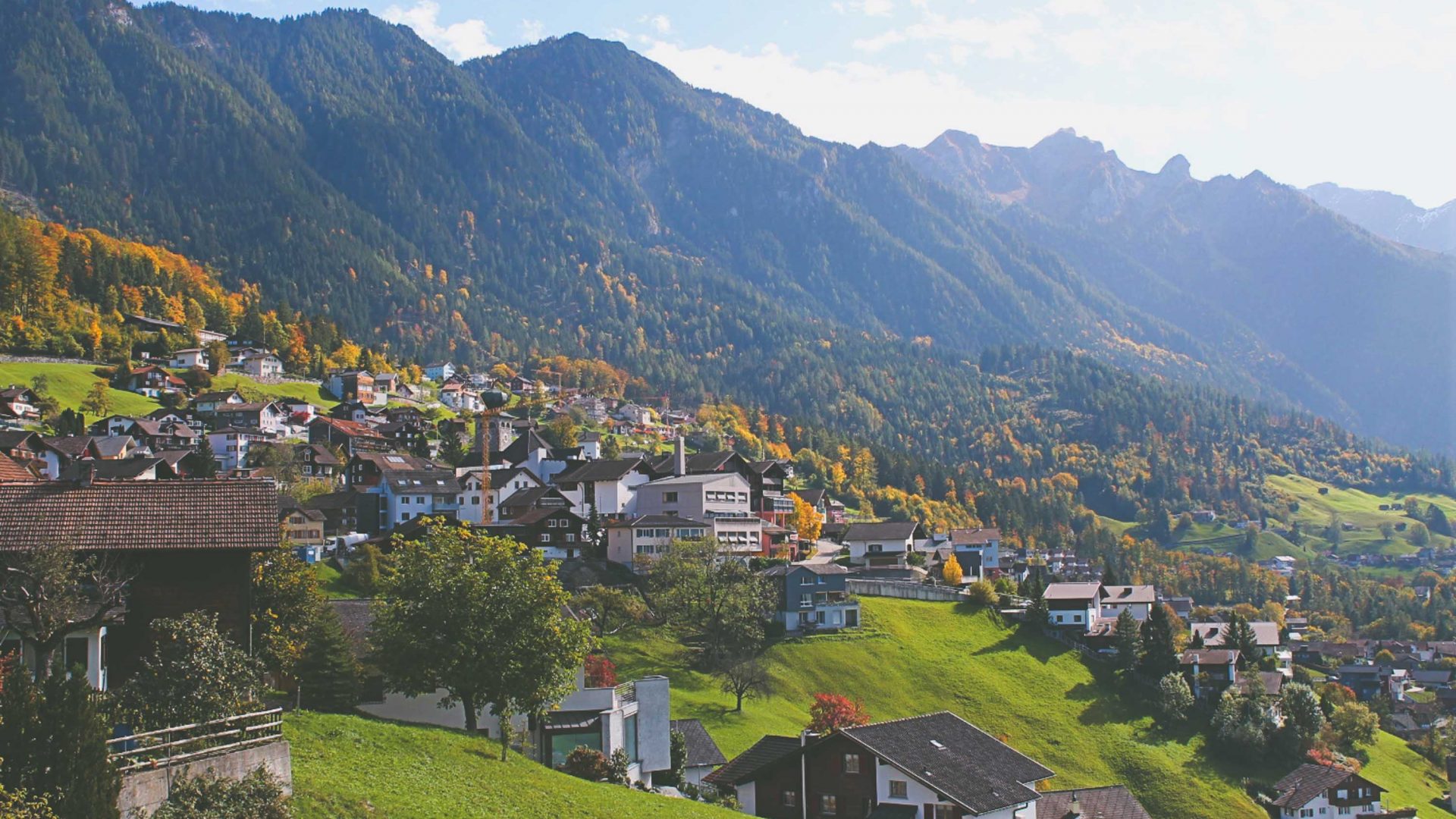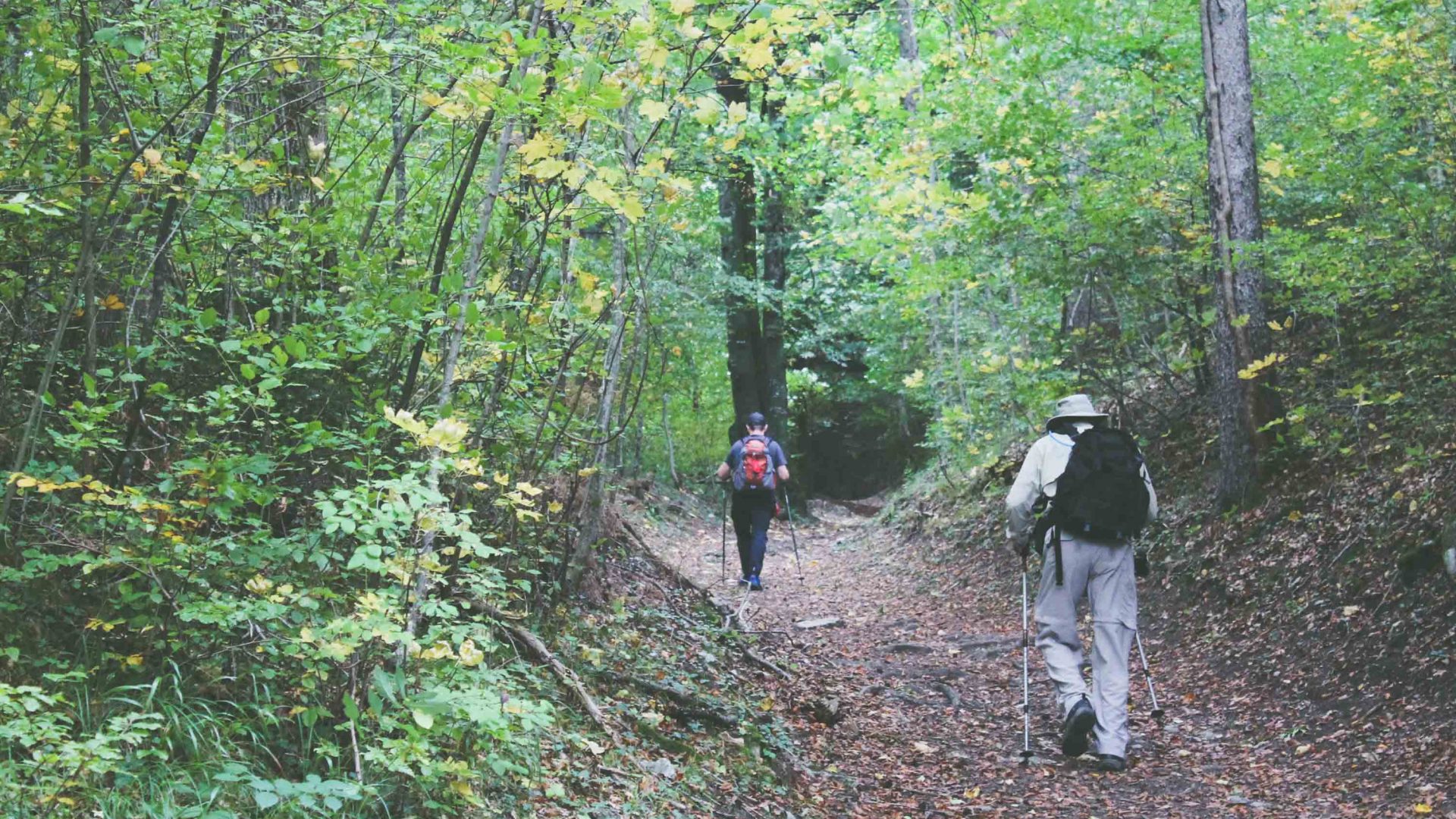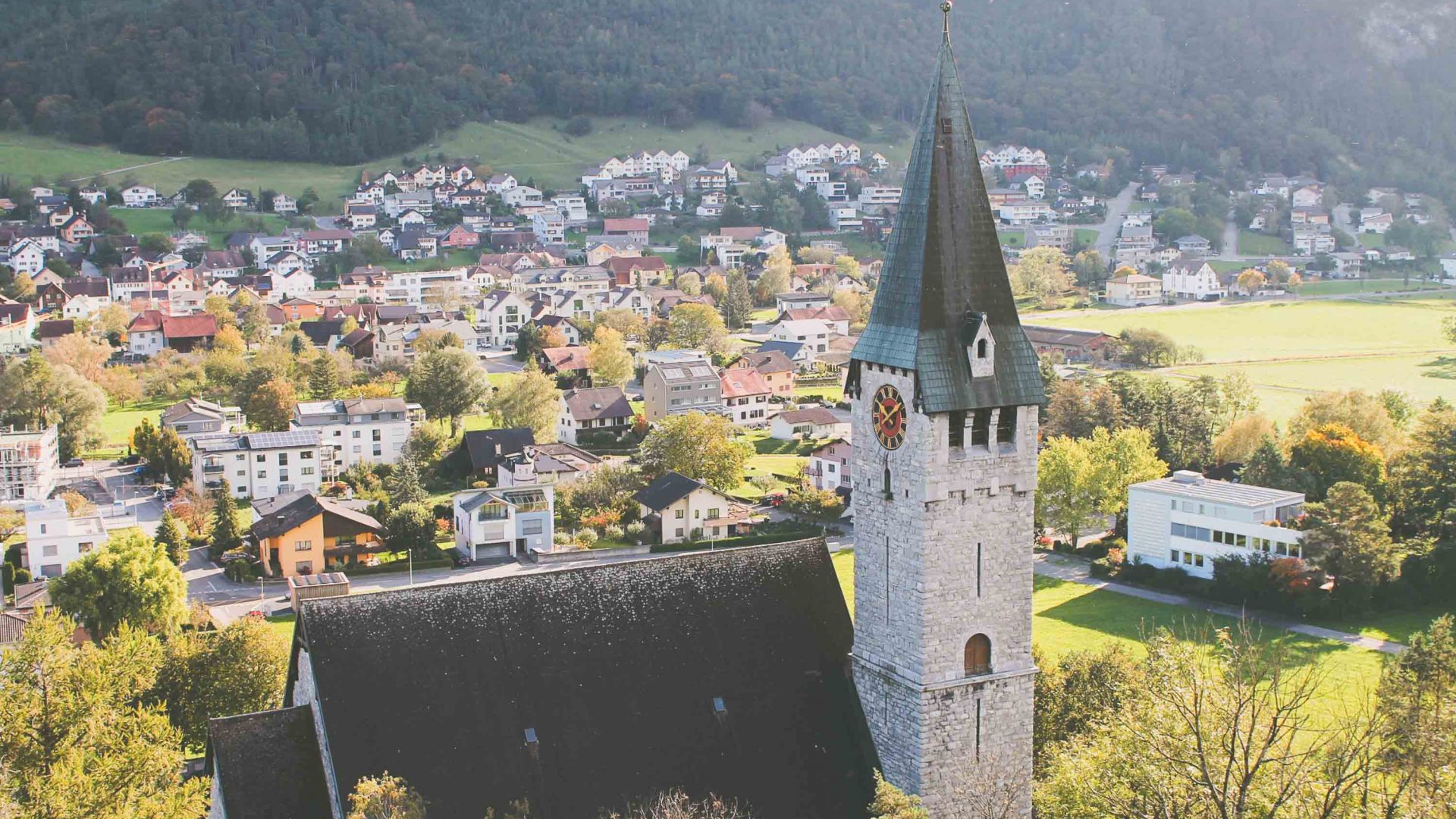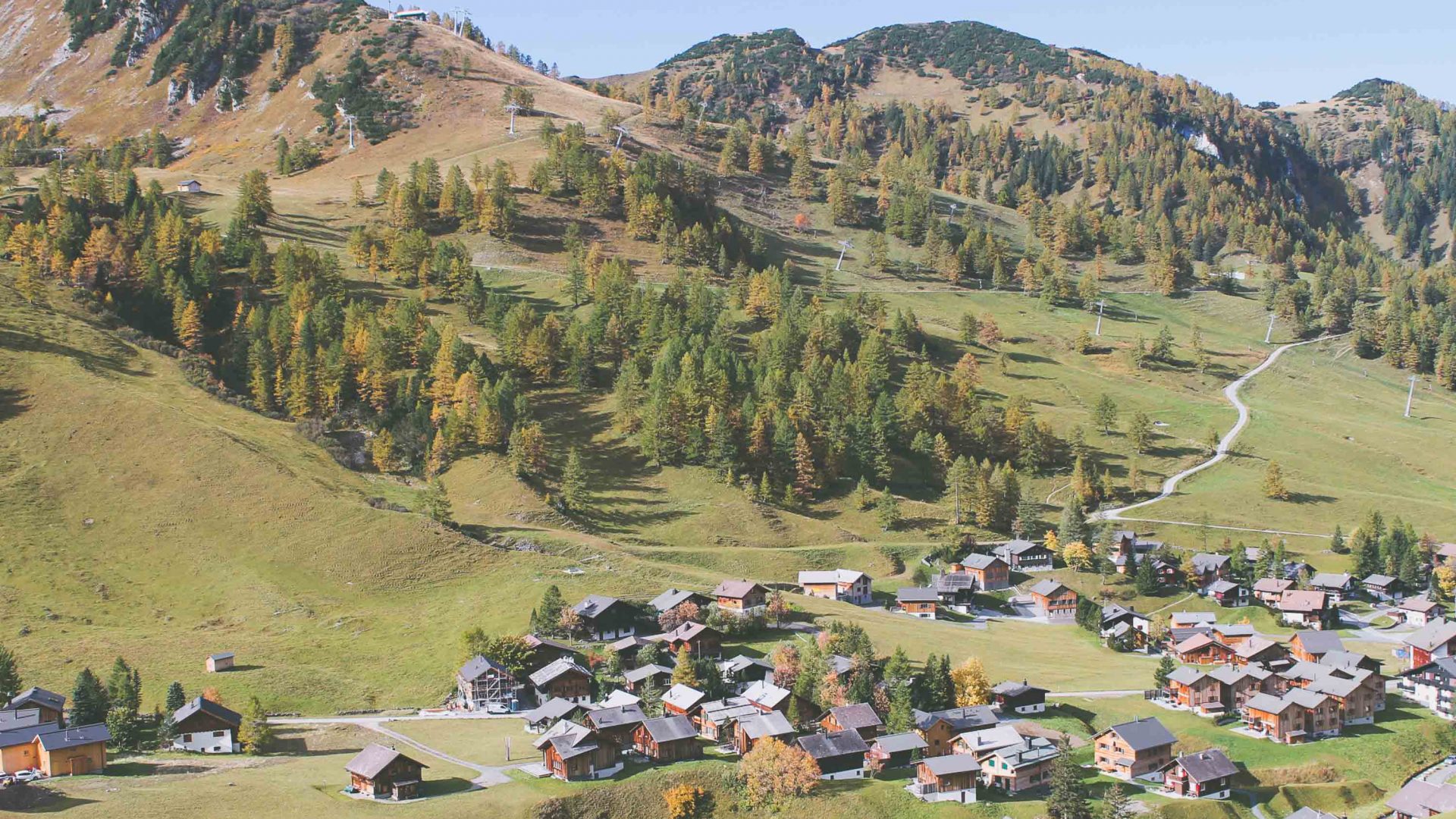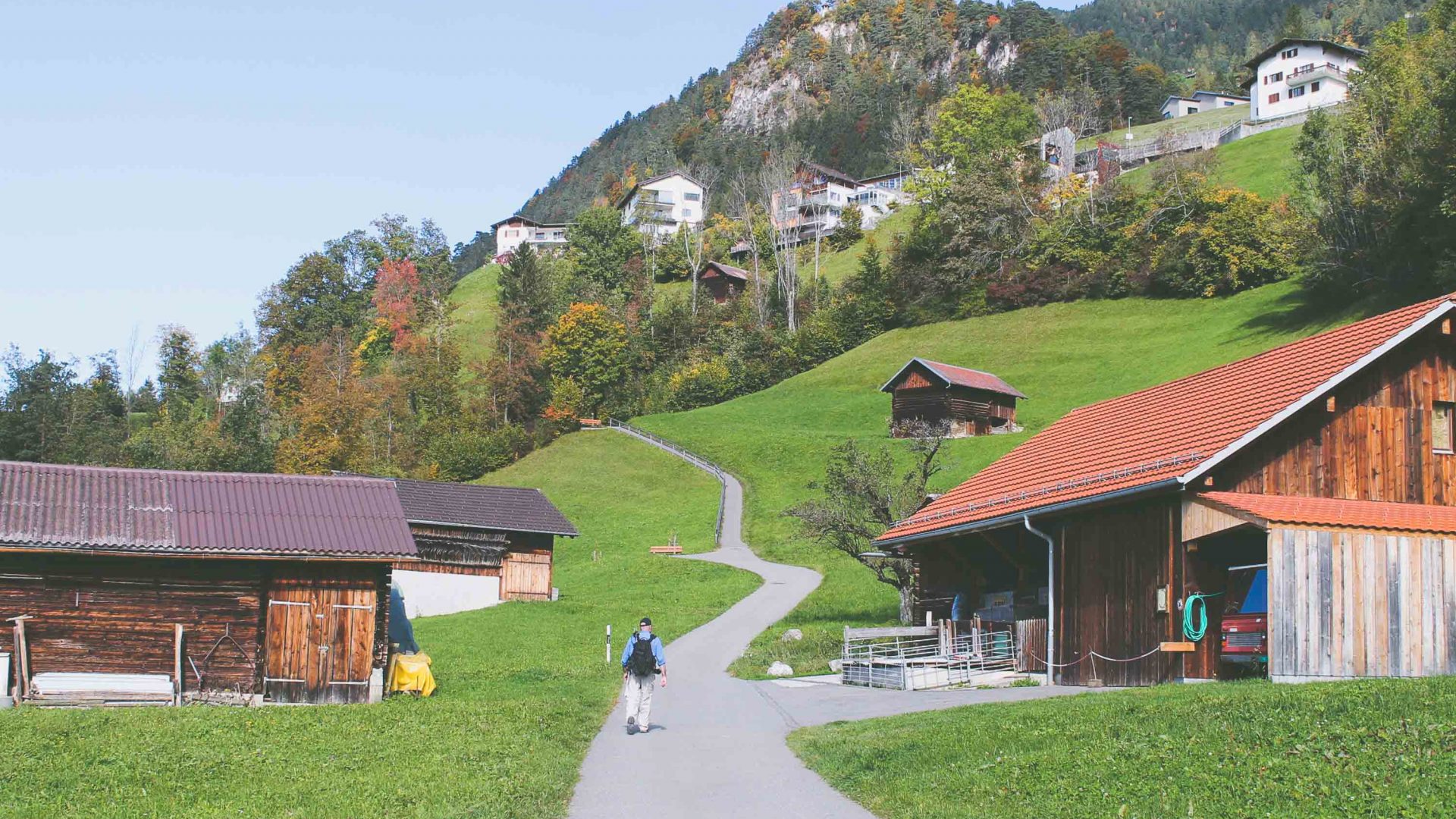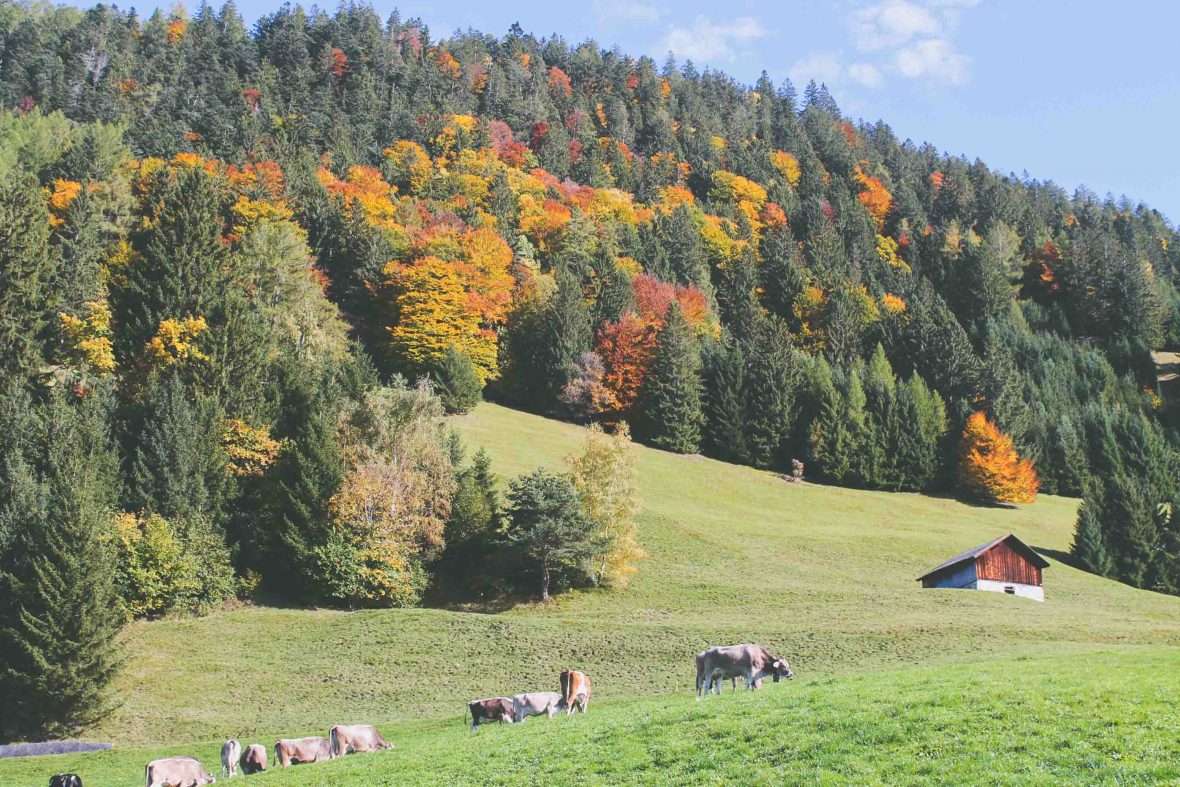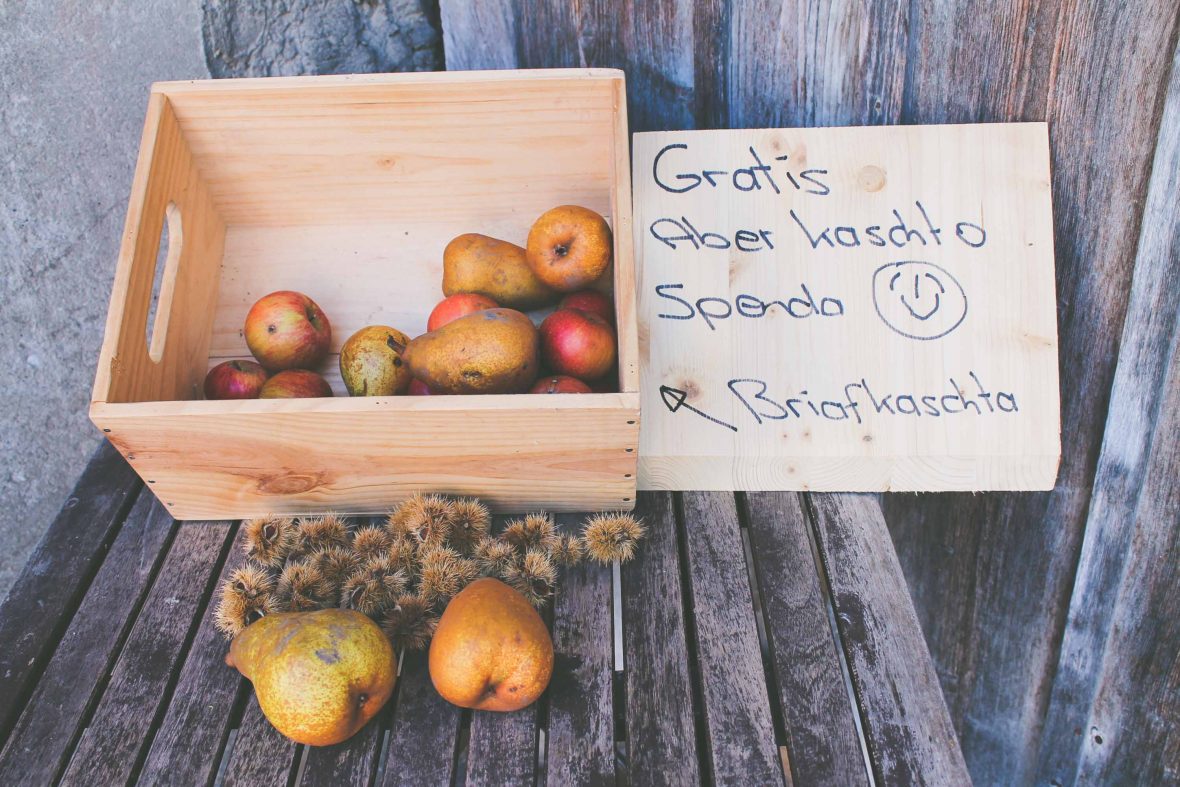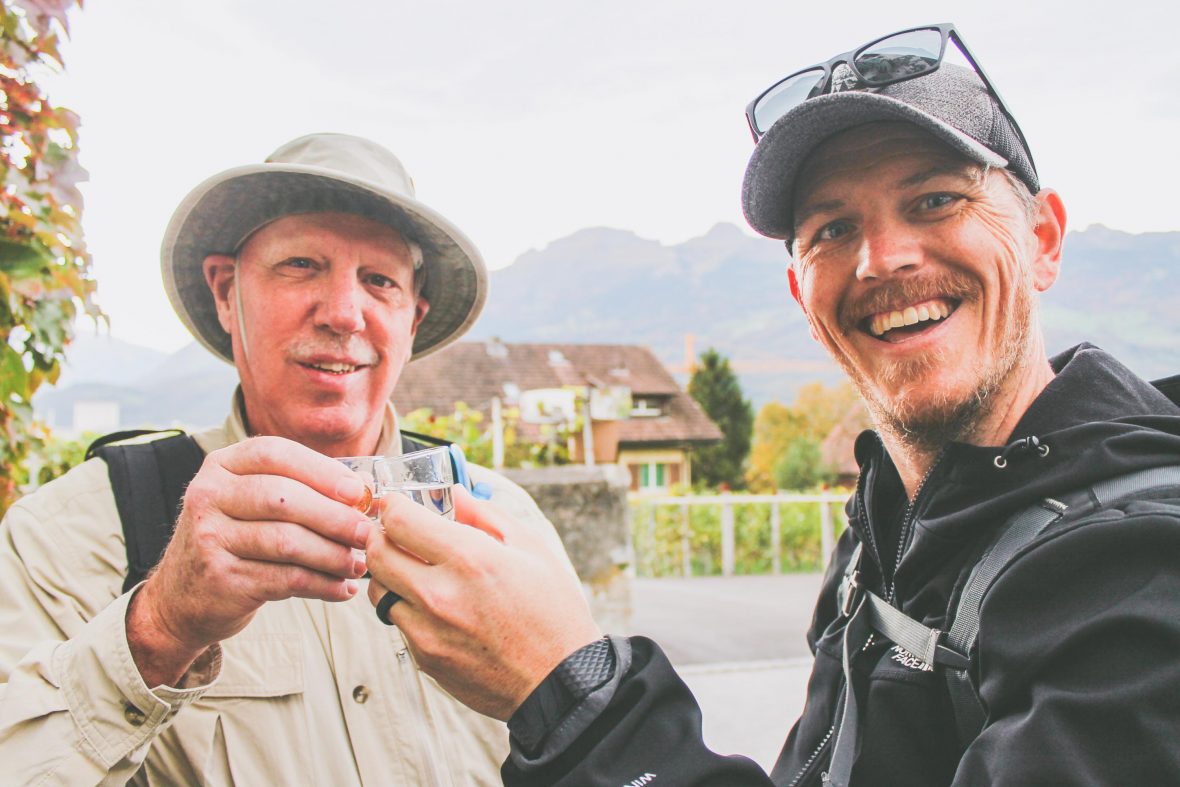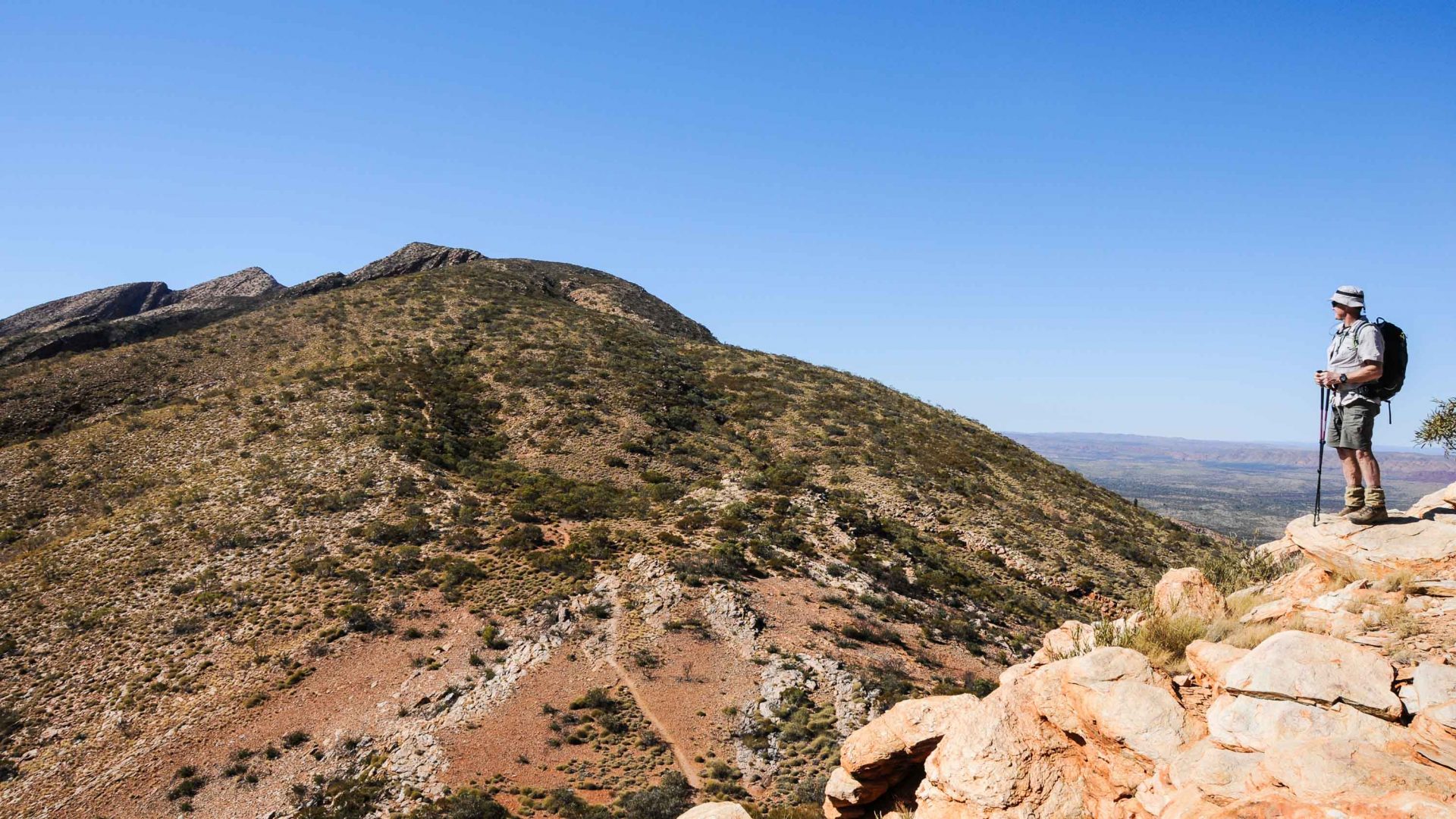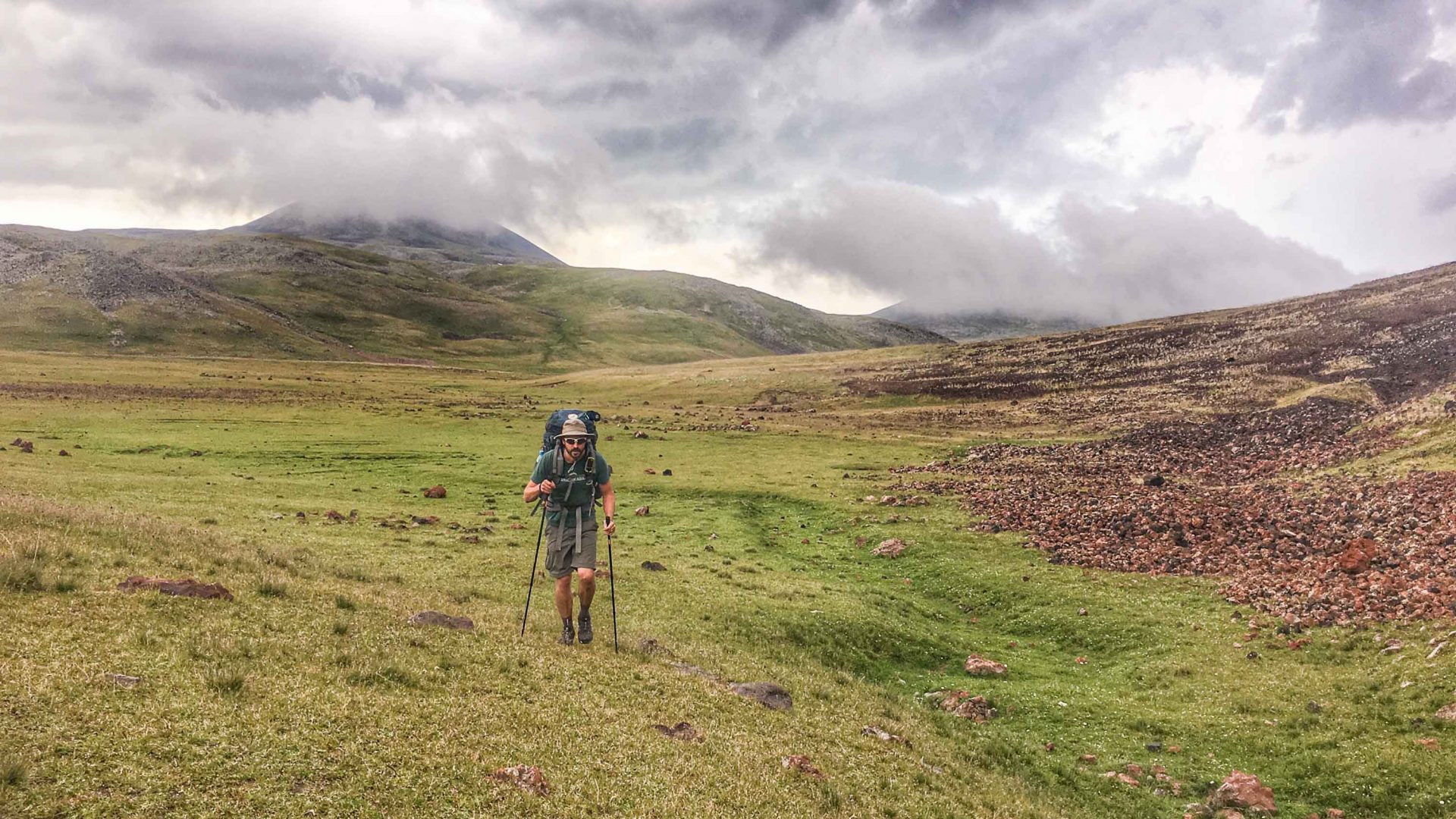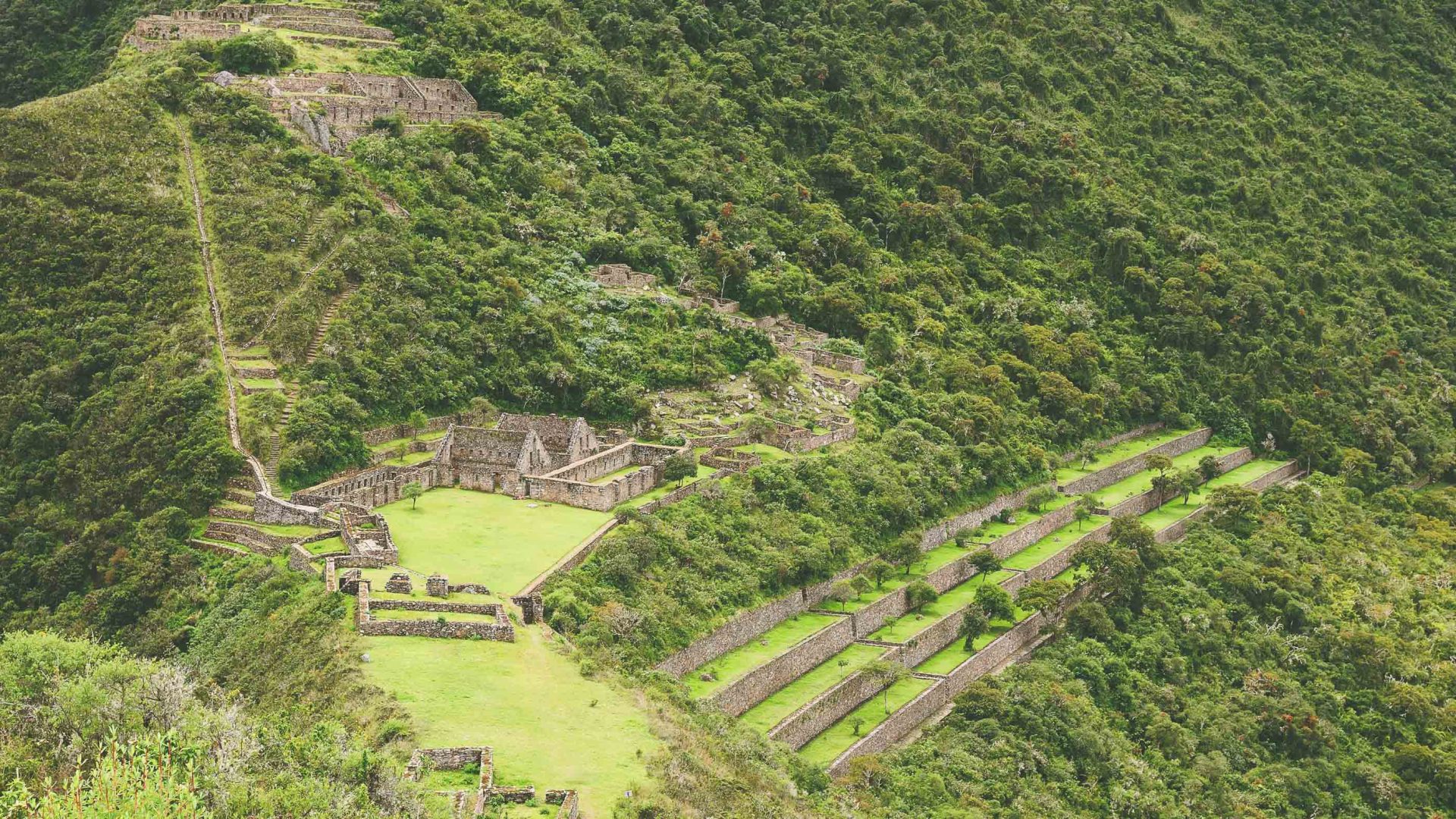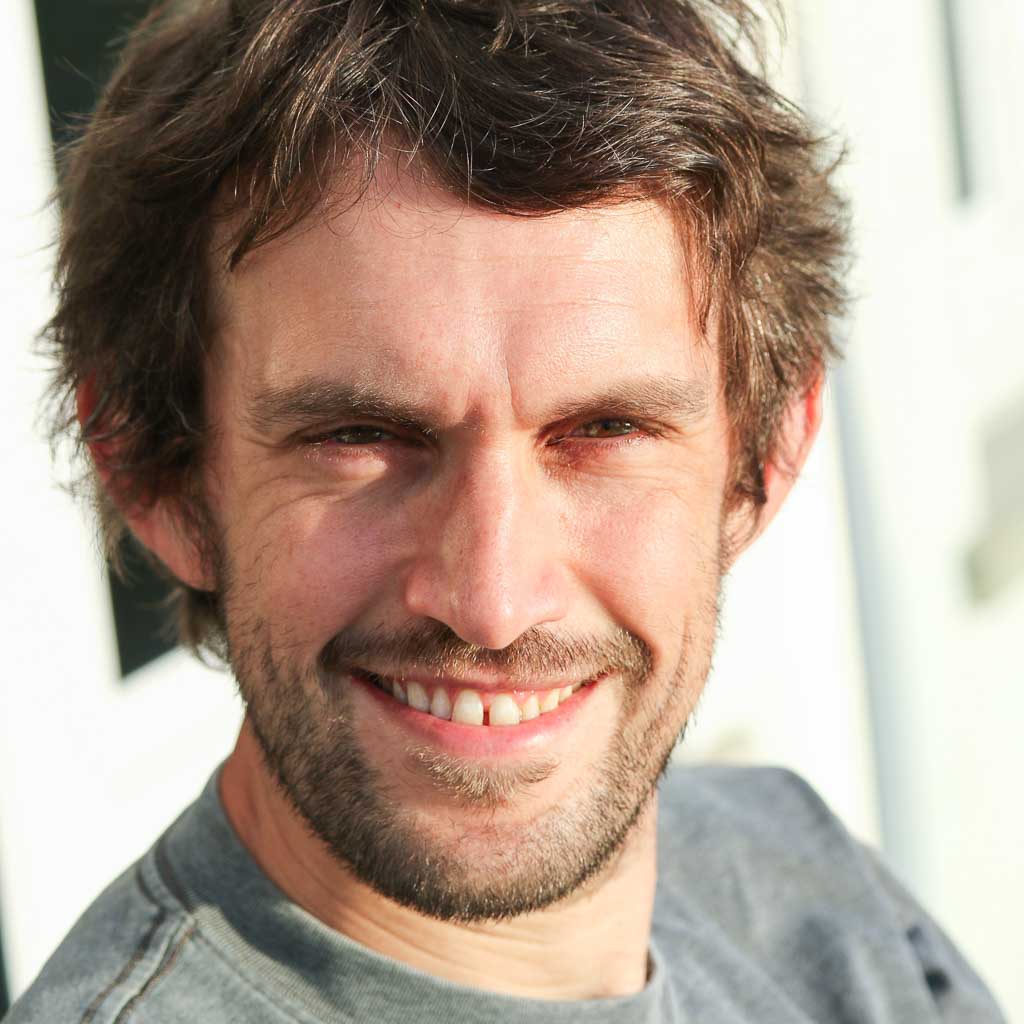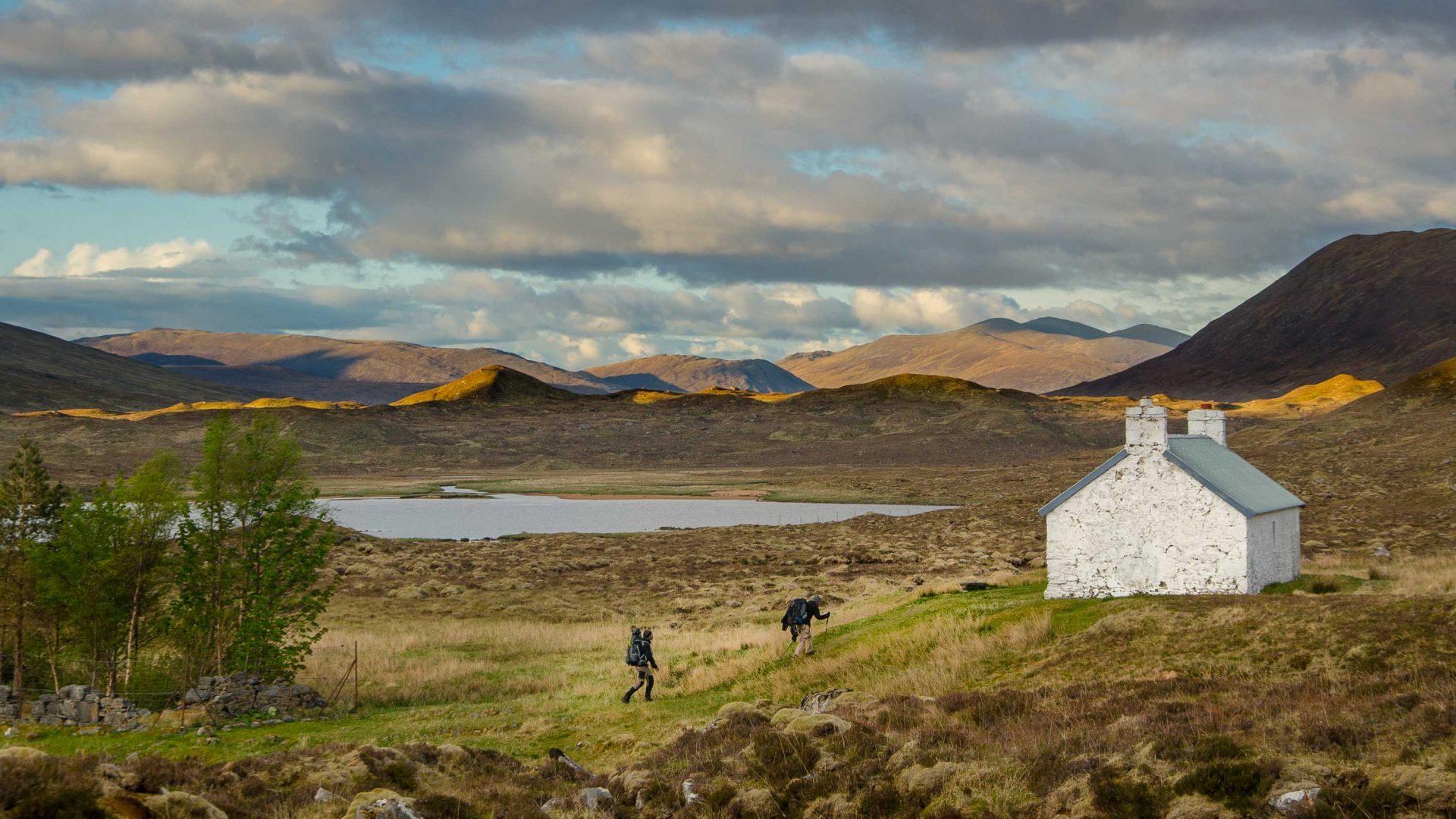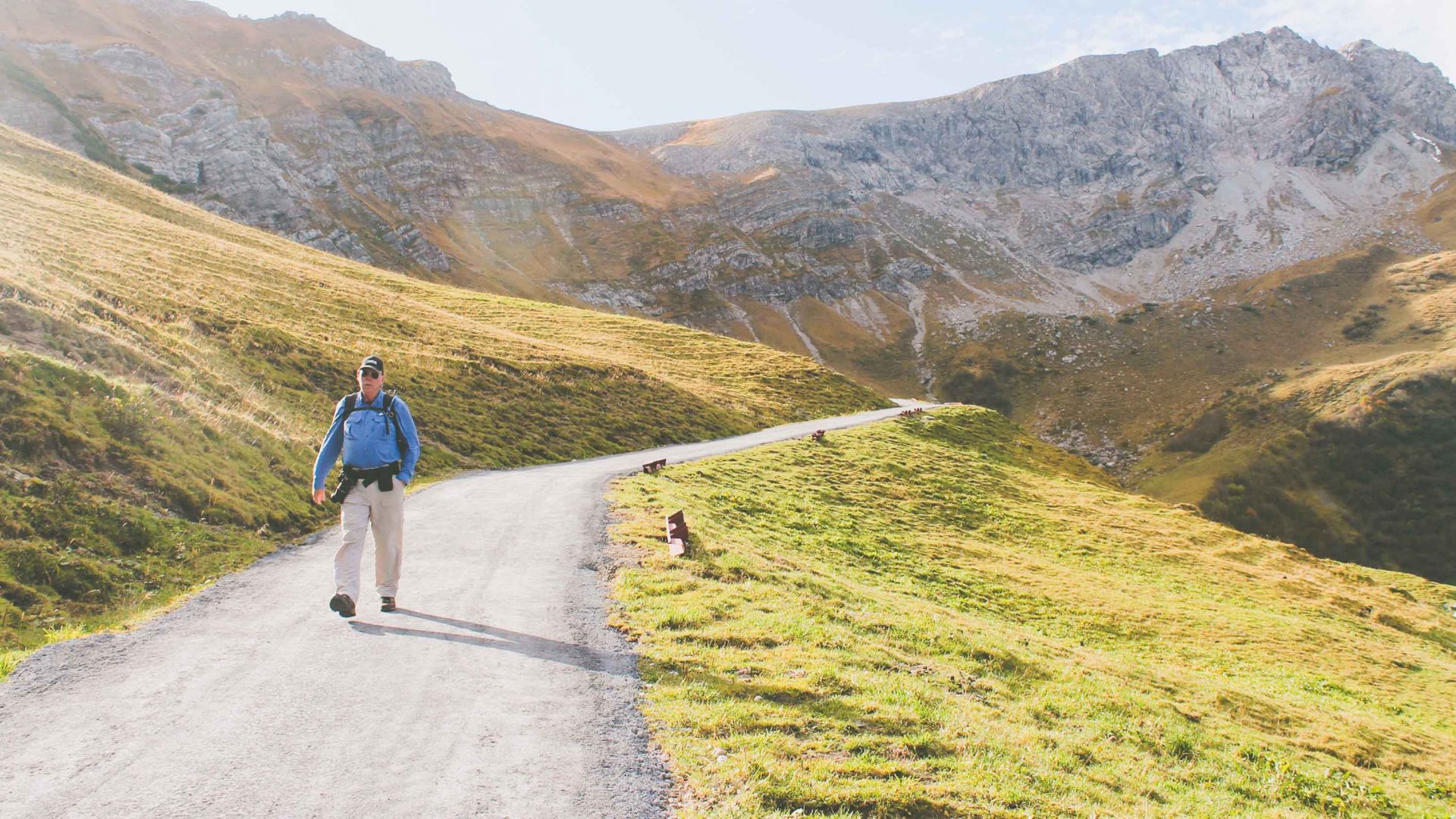
Editor’s note: This article was published before the coronavirus pandemic, and may not reflect the current situation on the ground.
It’s one of the world’s smallest nations but landlocked Liechtenstein packs it in—and one of the best ways to experience it is along the border-to-border Liechtenstein Trail. JoAnna Haugen is one of the first 30 people to hike it.
“What can you tell us about this bridge?” My dad points to a wooden bridge crossing the Rhine River, then angles his camera to snap a photo of it, with the Appenzell Alps in the background.
My husband thumbs through his smartphone, then explains we’re looking at the Vaduz-Sevelen bridge. Built in 1871, this covered structure is the only remaining wooden bridge between Liechtenstein and Switzerland. We admire the bridge, comment on the river flow. My husband tucks his phone in his pocket, my dad takes a few more photos, then we turn our backs on the Vaduz-Sevelen bridge and begin walking.
It is Tuesday morning on the third leg of our walk across Liechtenstein, and we have lots of facts—and lots of walking—ahead of us.



